1. Favourite knob/fader/switch on a piece of gear and why?
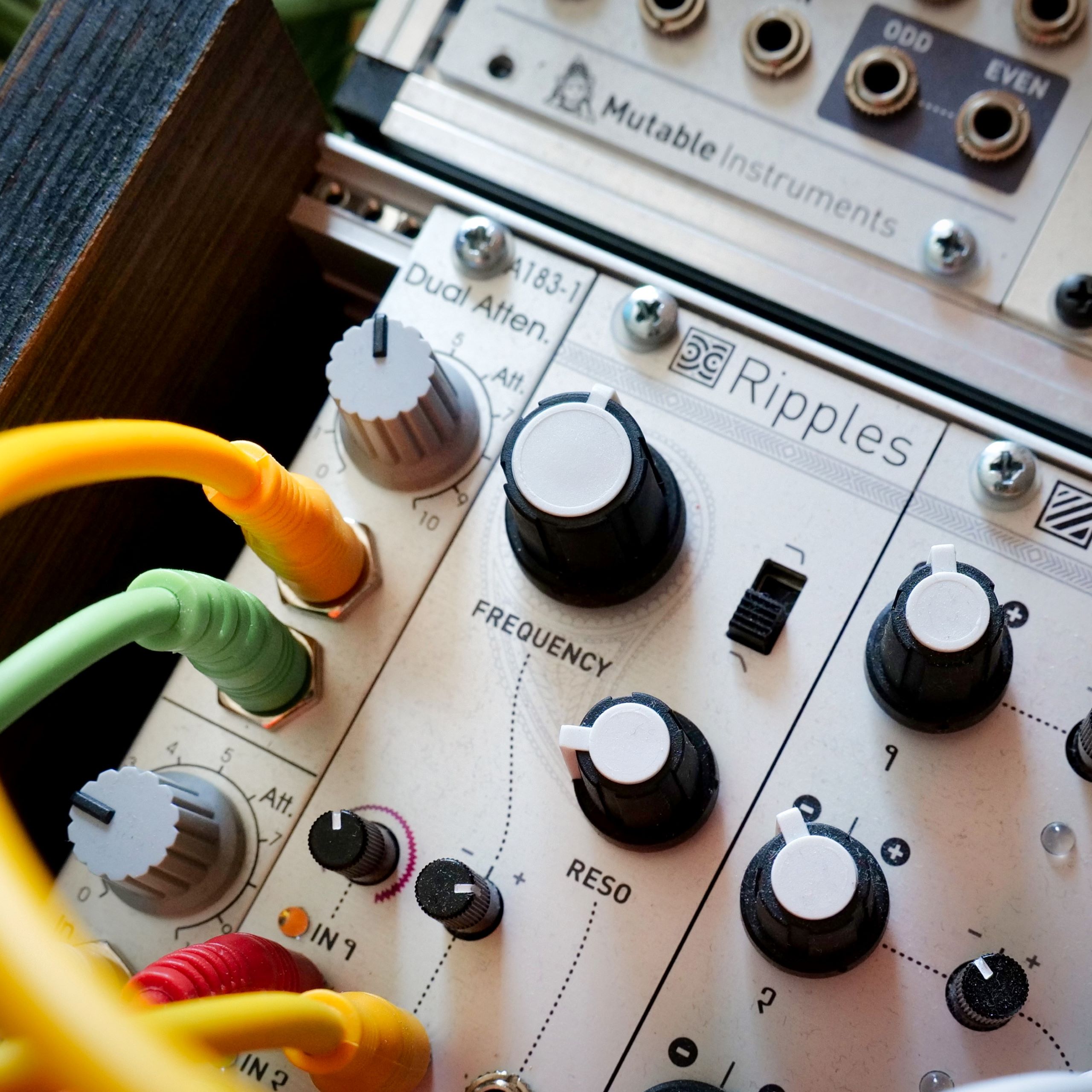
My favorite is the filter knob. I use it a lot, especially, when I’m recording live, either to create space or for creative effect. On the picture you can see the filter knob of my Mutable Instruments Ripples. Other ones I like are the function knobs, to dive into the menus of my devices. I need them in order to make everything work.
2. Do you have an ‘almost’ perfect bit of kit? What would you change?
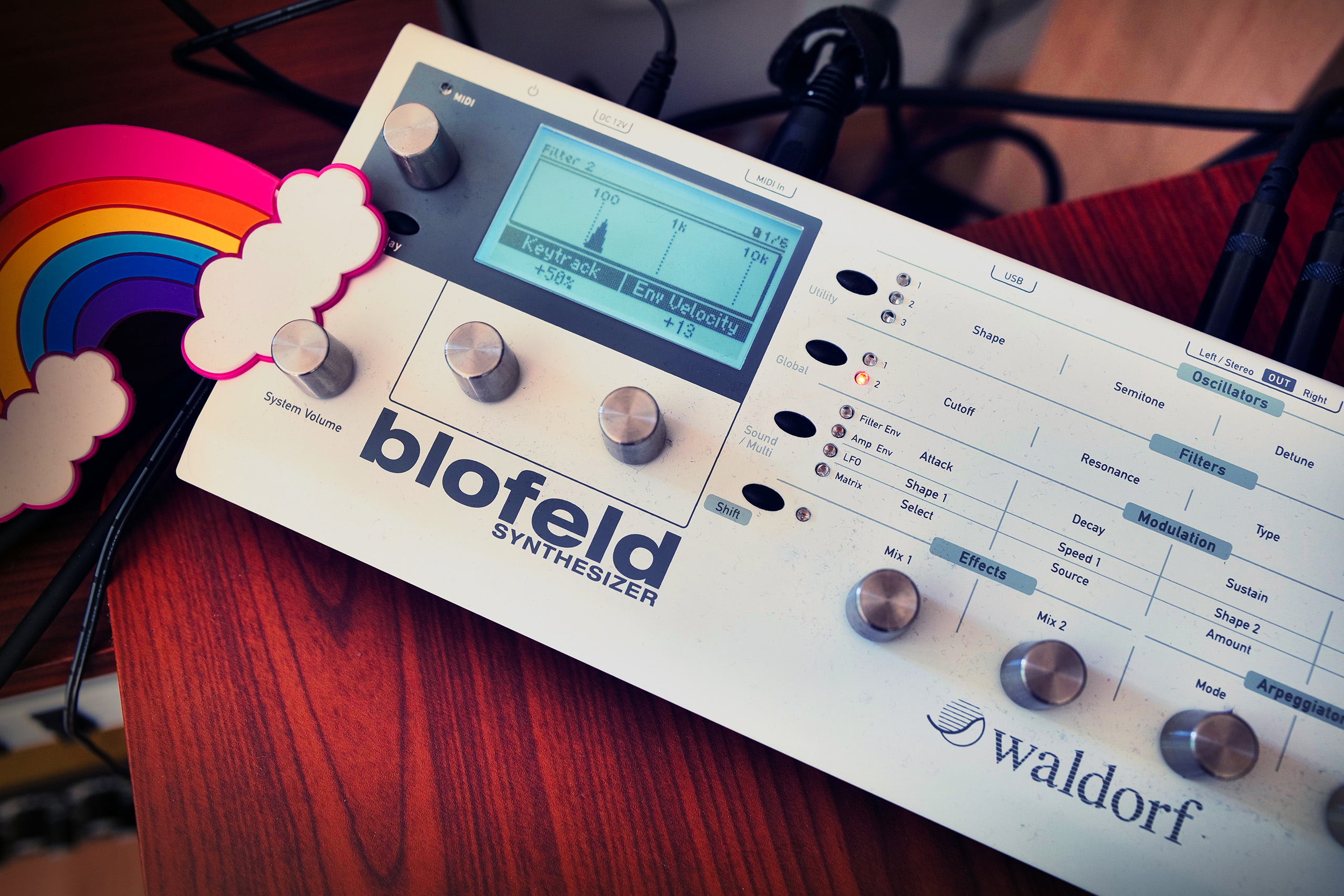
It always changes but, at this moment, I’m in love with the Waldorf Blofeld. I can produce full songs with it, as it has all the sounds I need in there. It’s small, so it fits easily in between my other gear. It would be great if it had more knobs to have more access at once, however, for the price, I really can’t complain at all.
3.What setup do you bring on holiday/tour/commute etc.?
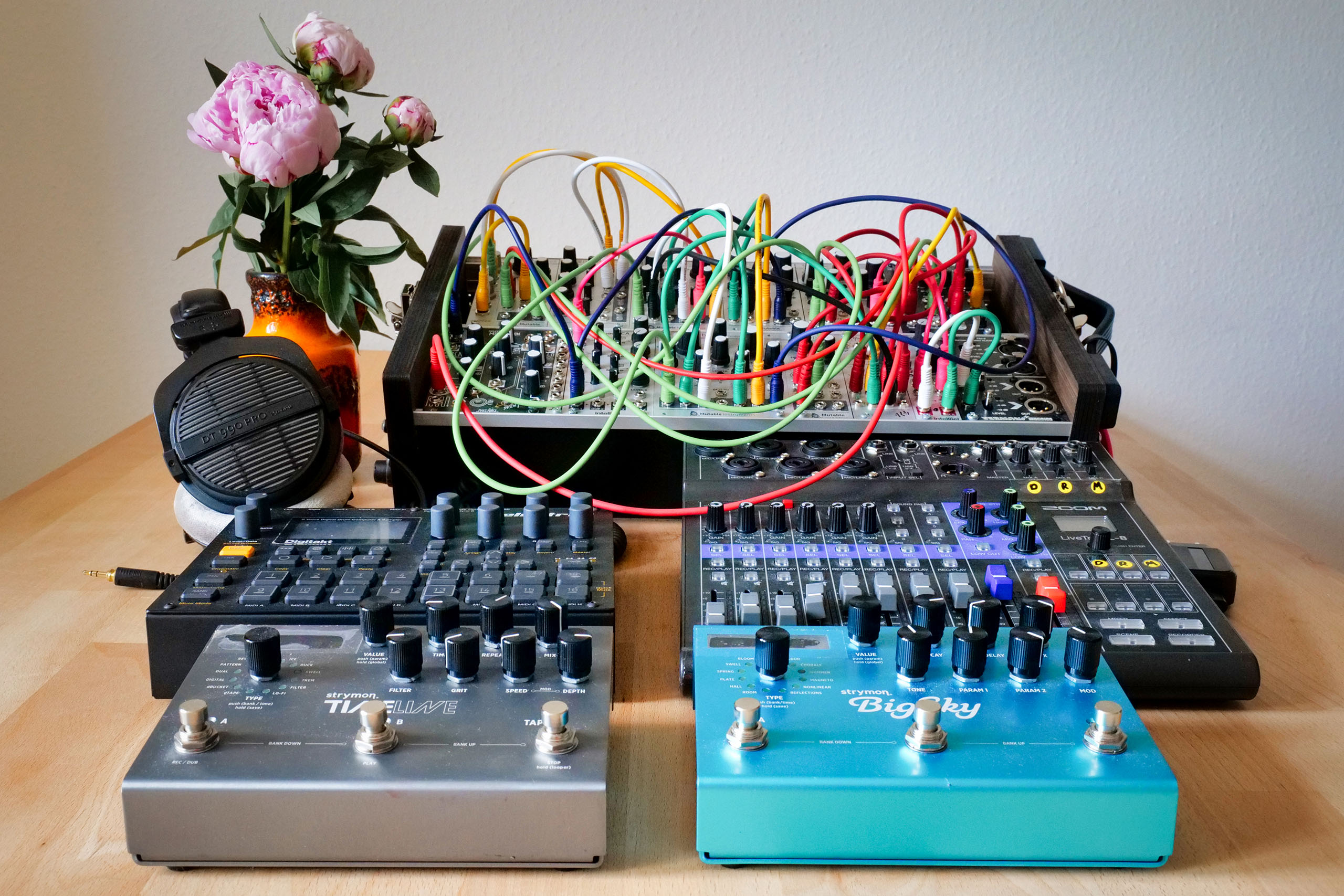
That would be my Digitakt, Strymon Timeline, Big Sky, my modular synth, the ZoomTrack 8 mixer and my Beyerdynamic headphones. It’s all compact, fairly easy to set up, light weight to travel with and it all fits in one small suitcase. If it’s just a small trip, it’s usually my Digitakt as I can create a lot with that already.
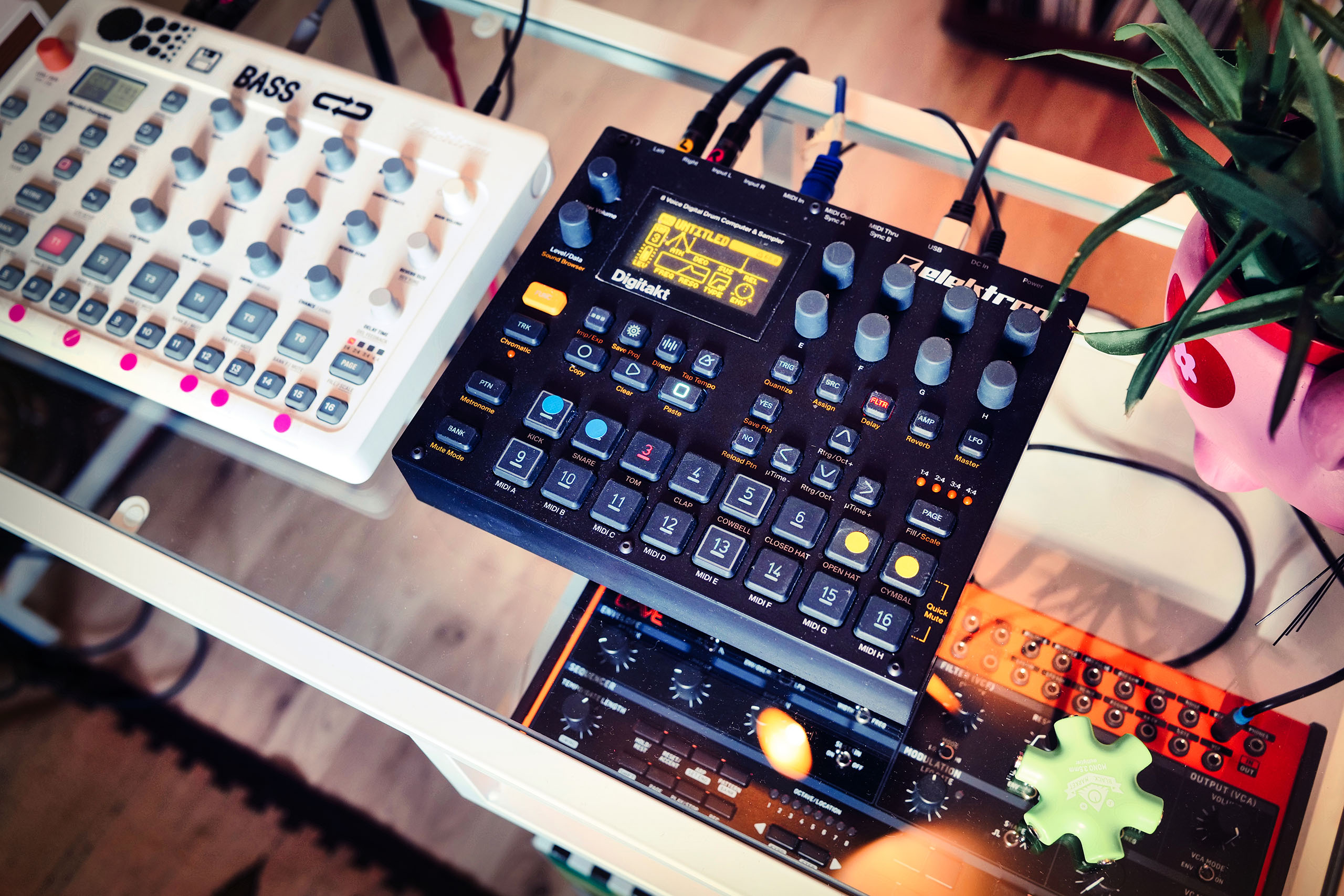
4. What software do you wish was hardware and vice versa?
I wish the Make Noise Morpaghene had a software version. The same would be the case for the Mutable Instruments Beads. Software I’d like as hardware: a Teletronix LA-2A compressor would be very welcome in my studio. I just love this compressor, especially, for my synth sounds. It’s a classic and it just works.
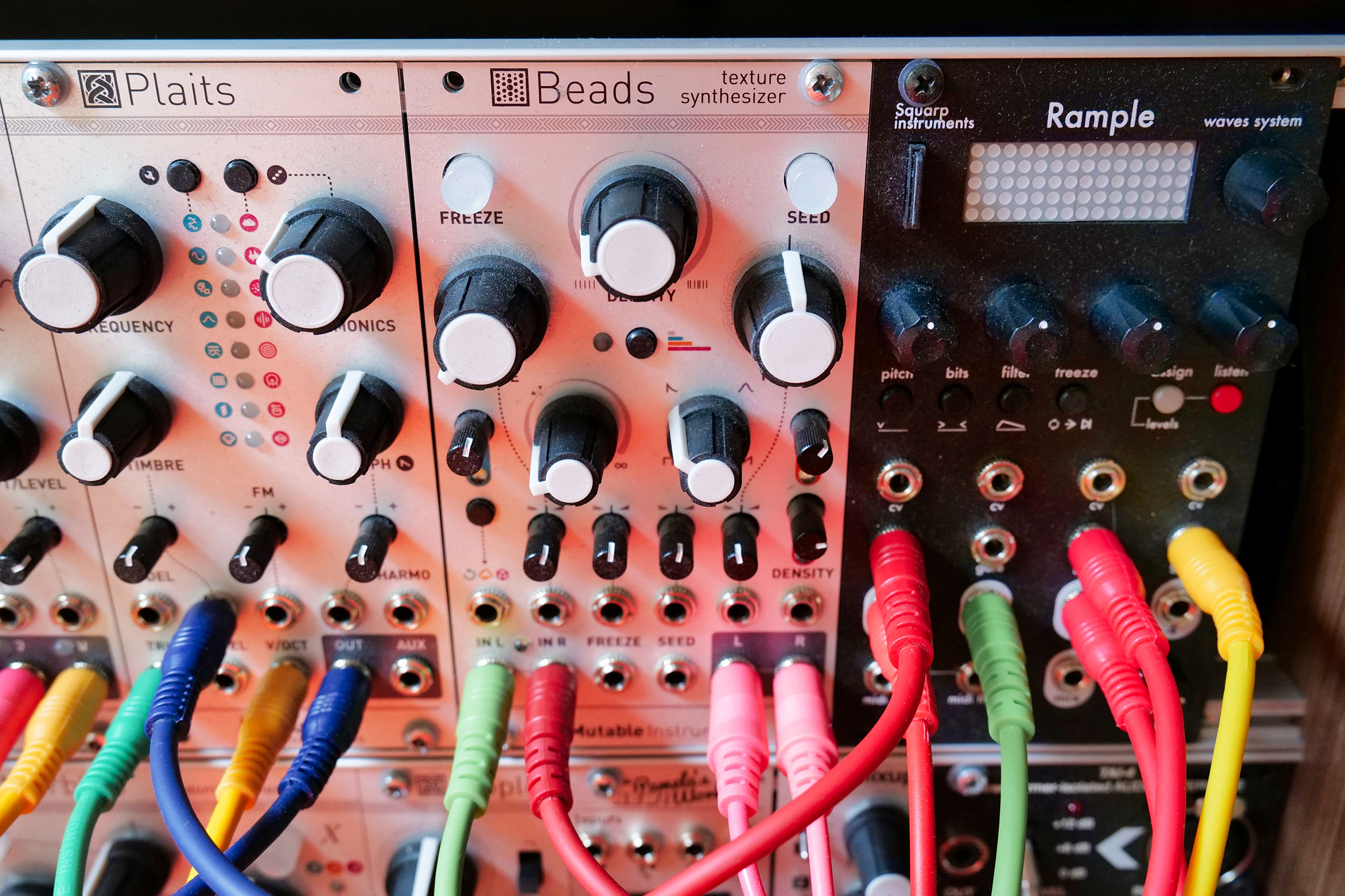
5. Is there anything you regret selling… or regret buying?
I’ve got little regret regarding gear I bought in the past. When I buy something I try it out and if I don’t use it a lot, I will sell it again to find something else. Until now, I don’t have regrets on sales either as my setup always improved for the better.
6. What gear has inspired you to produce the most music?
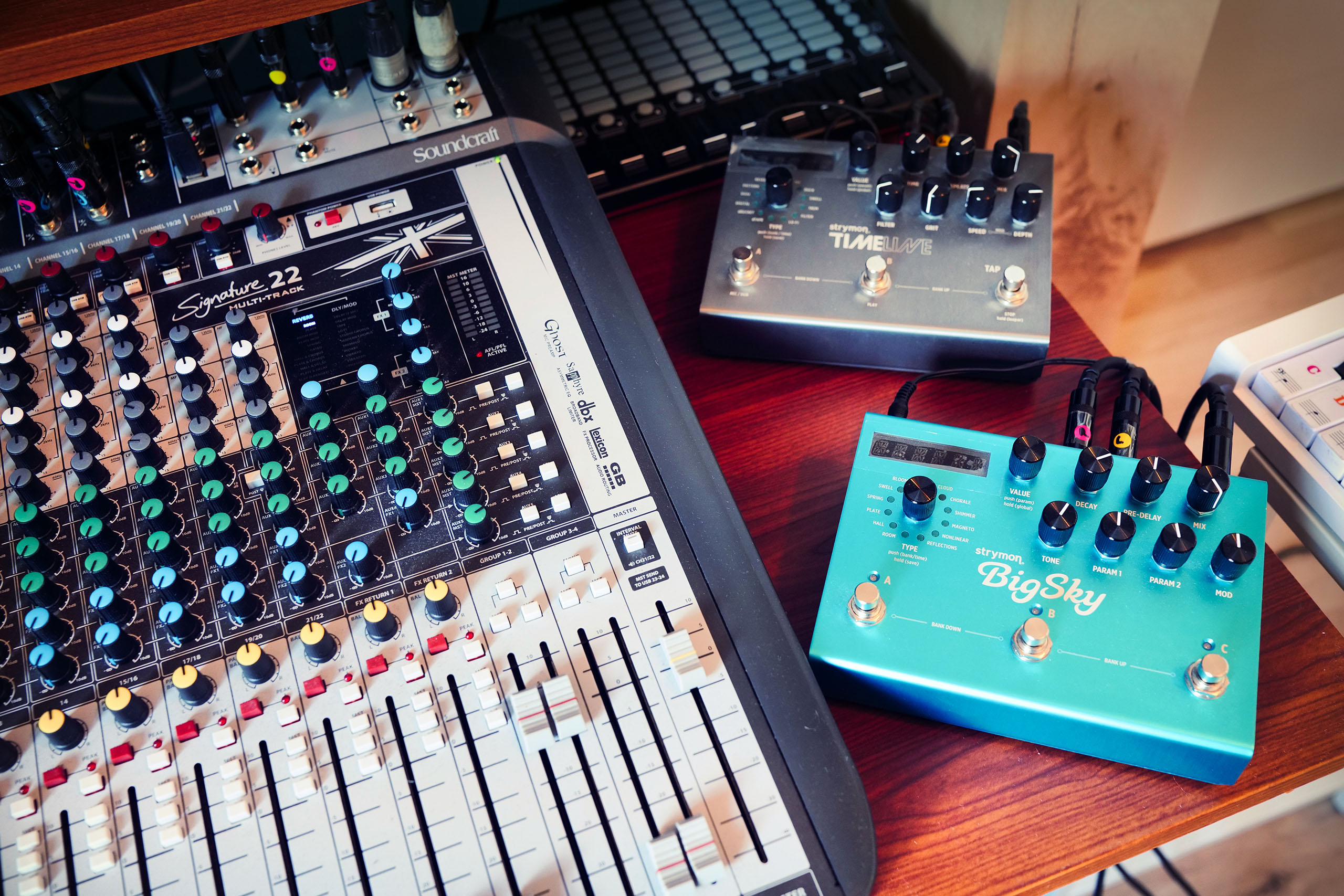
My Soundcraft desk. It took me a while to find out what works best for my workflow and the mixer is the main instrument, as I can route everything with each other, send signals in all directions, which makes it a lot more fun to record. I don’t need to worry anymore, think about how to connect things or route it, as it’s all set up and ready to go.
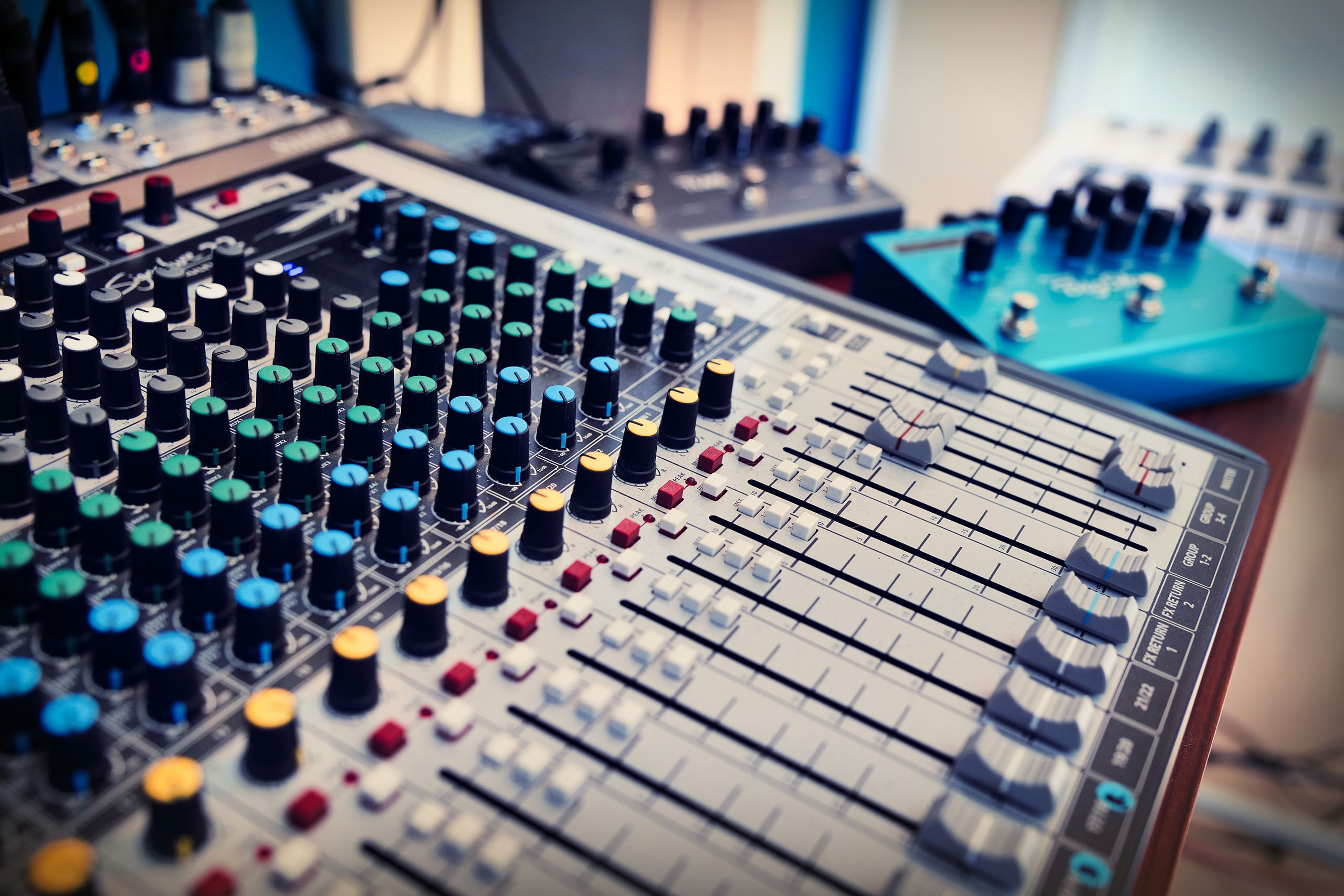
7. If you had to start over, what would you get first?
The book Patch and Tweak and piano lessons instead of the clarinet training. The book is a must if you want to work with synthesis, I learnt a lot from it and still read it regularly.
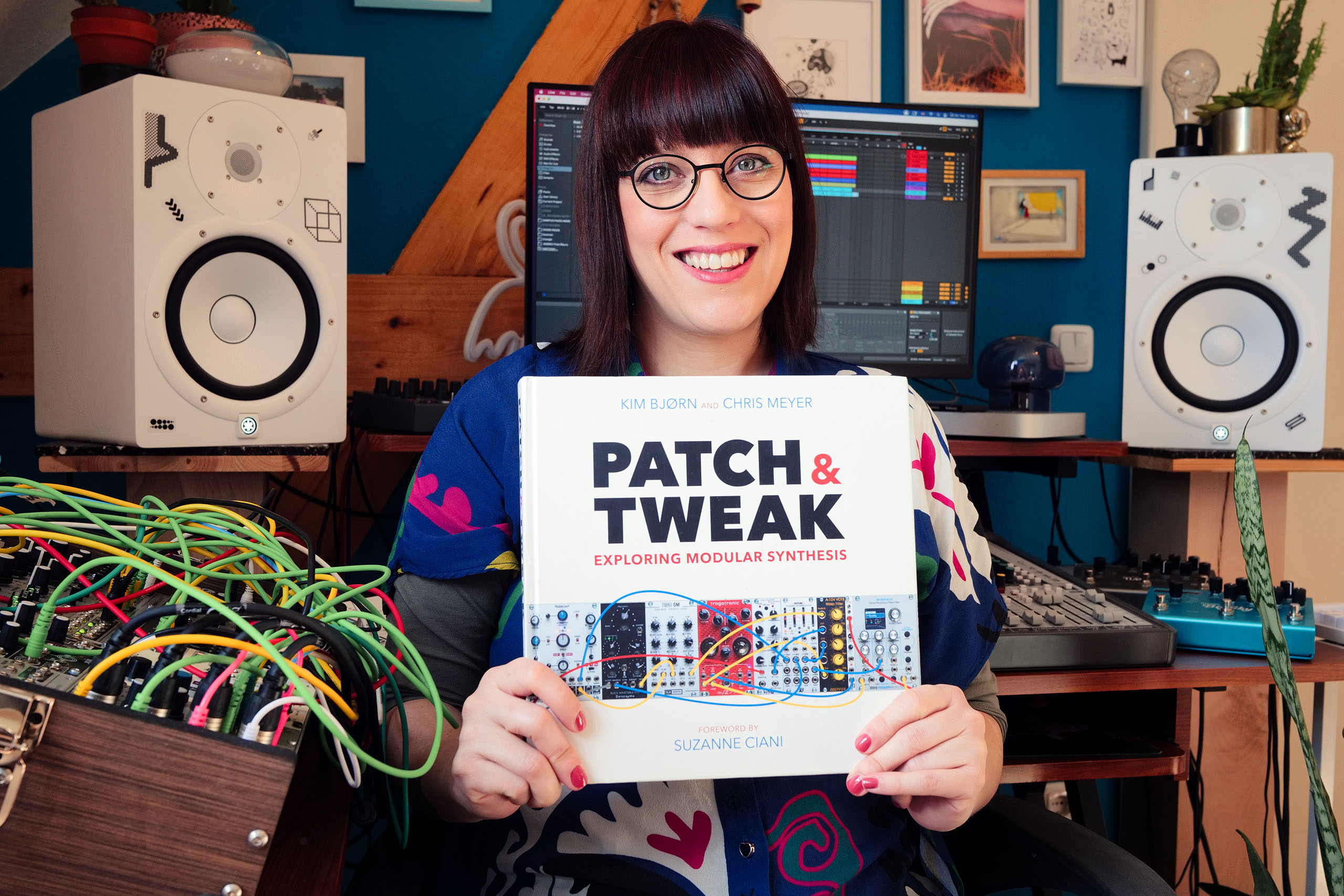
Piano lessons would have made my life easier in terms of composition. However, I’m slowly progressing with my compositions now and just give myself the time to learn. It’s never to late for that and every day you can learn something new.
[Editor: The author of Patch & Tweak did a interview on this very blog right here Kim Bjørn]
8. What’s the most annoying piece of gear you have, that you just can’t live without?
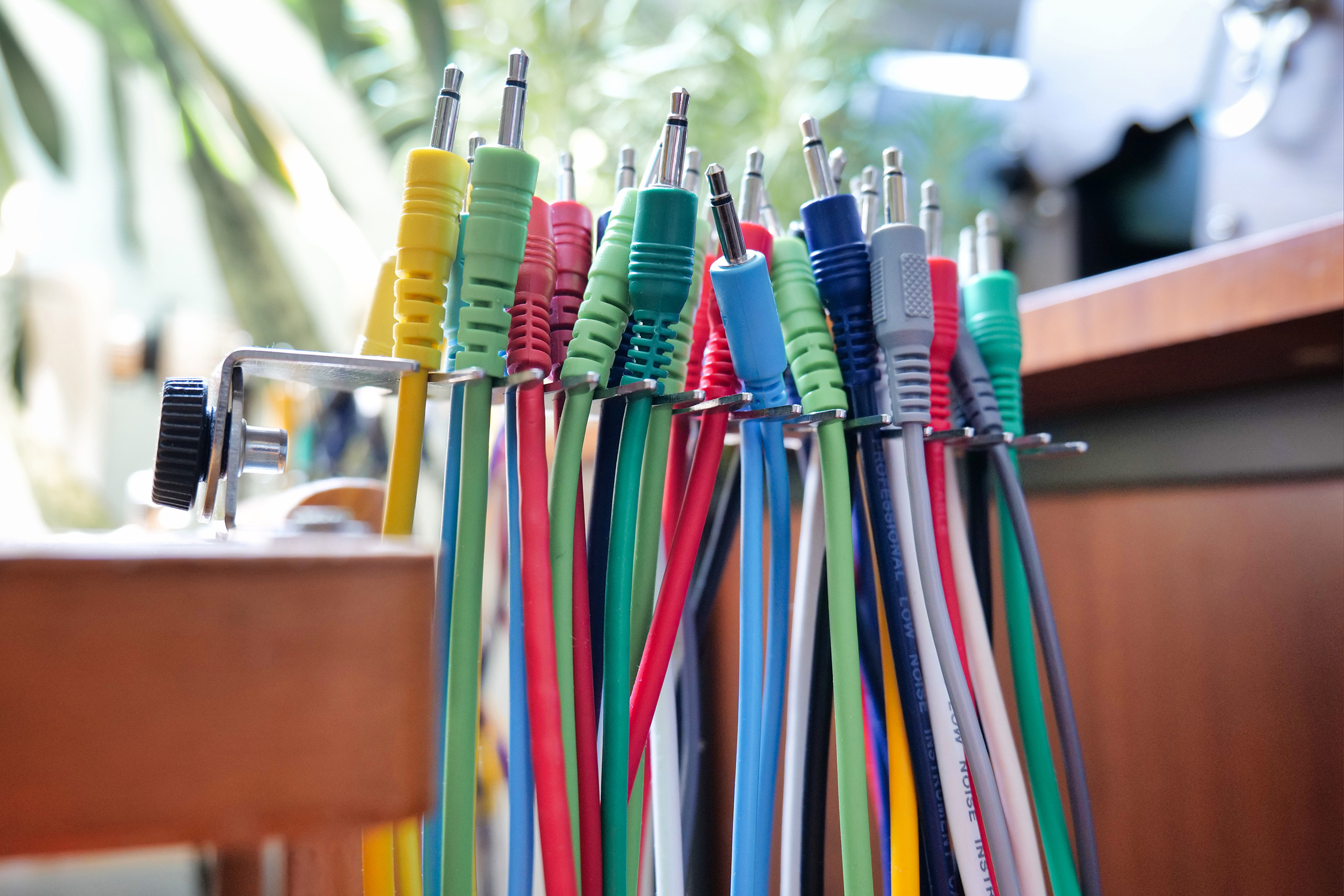
My patch cables, they always lay everywhere in the house, but I cannot do without them. I recently bought a couple of nice patch cable hangers from Sector Sieben, this already helps a lot.
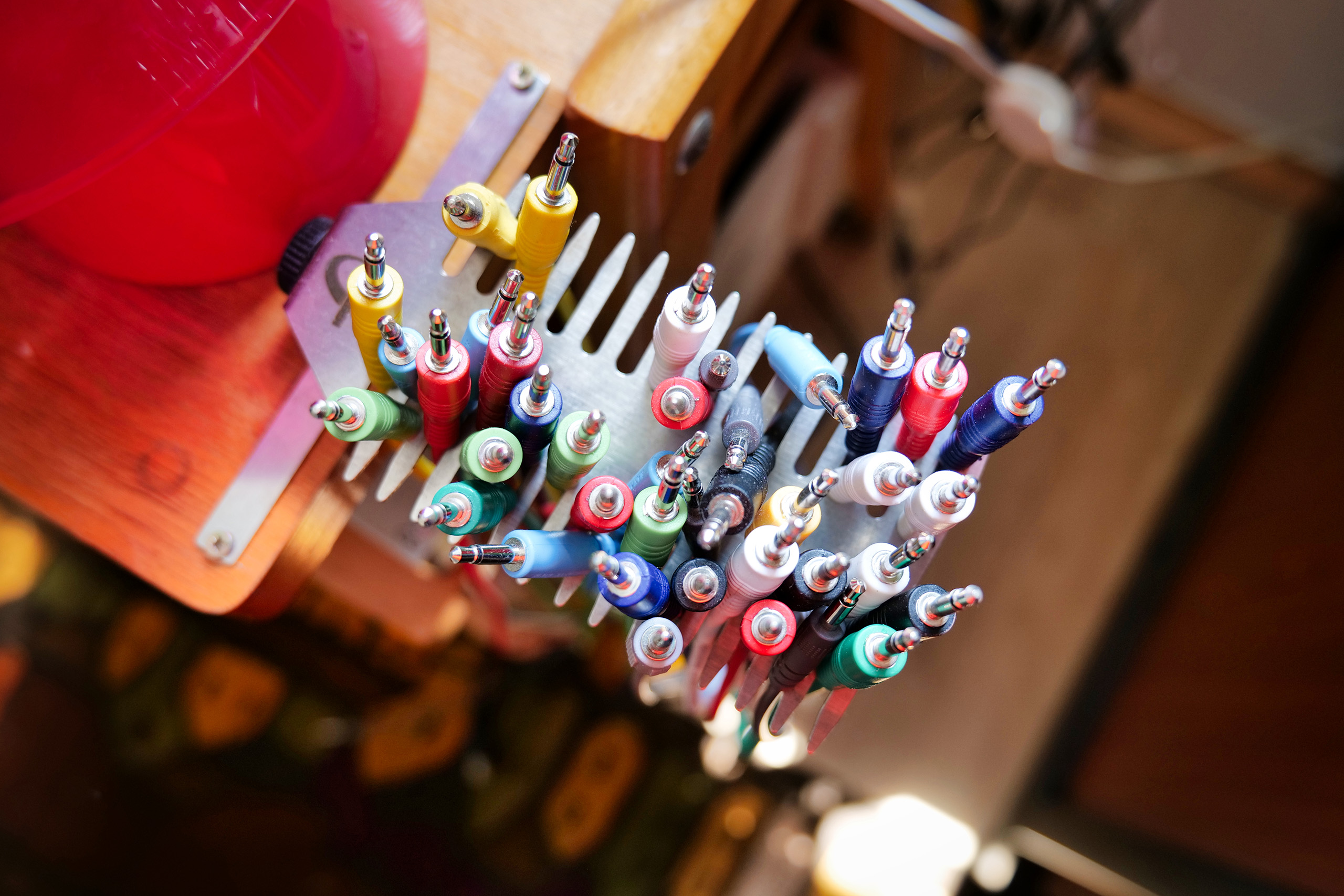
9. Most surprising tip/trick/technique that you’ve discovered about a bit of kit?
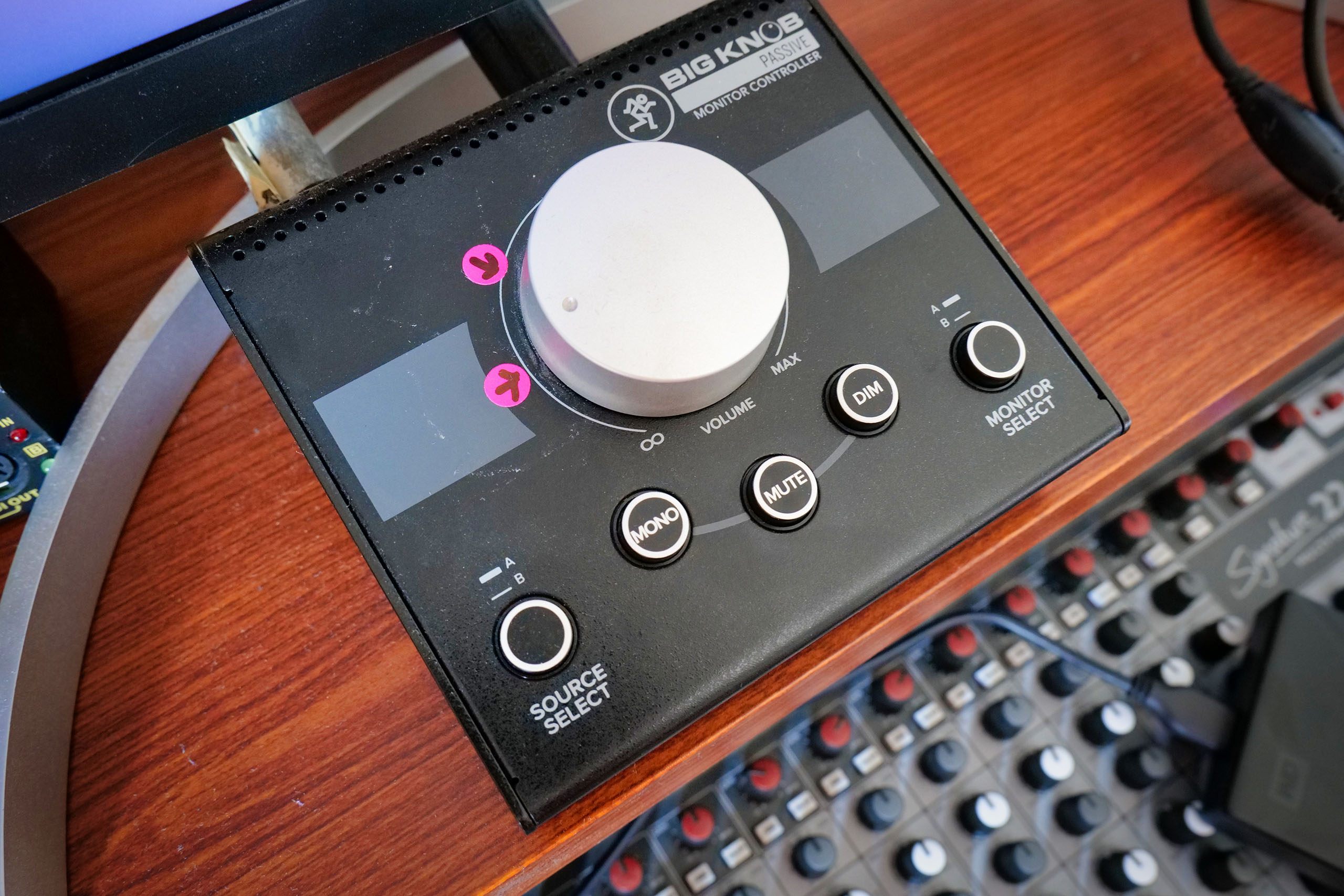
Get a monitor controller and establish two settings to listen at, one low listening level (you still can hear somebody whisper) and a higher level around 70-80dB SPL. I mostly listen on either of these two settings.
This way you train your ears and start to hear small differences when using compression, EQ or FX settings. Last but not least, the most important ‘trick’ is to A/B reference your song, level-matched, with either previous versions of your mix as well as other songs. You can easily fool your hearing by thinking louder is better and sometimes you may think you are doing a good job treating a sound, only to find out, after level matching, you did too many changes.
With level- matching you really hear what you do. Plugin Alliance has a good plugin for that (Metric AB) but you also can do this in your DAW and simply level match the different songs with each other.
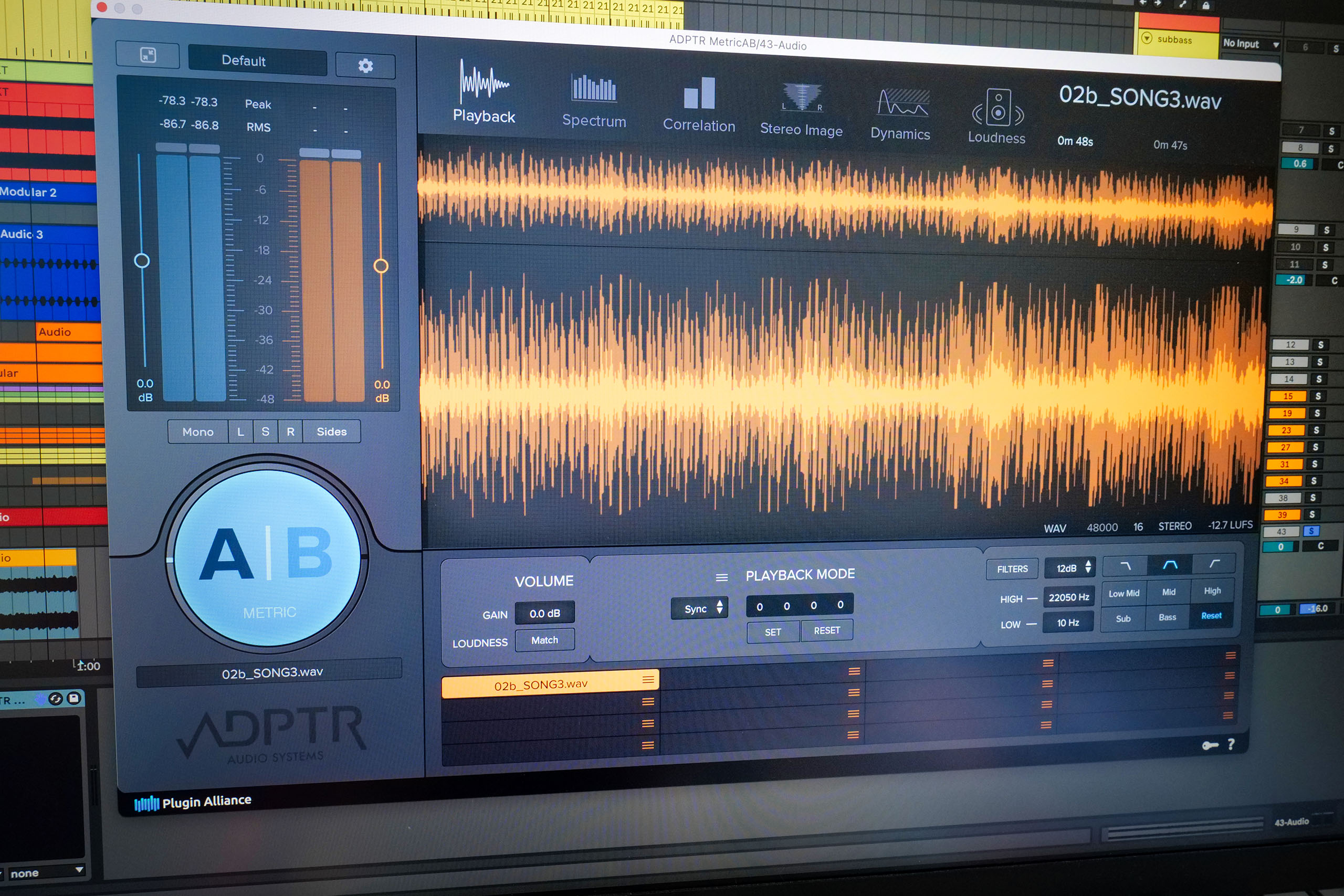
Artist or Band name?
Andrea Cichecki
Genre?
Deep music such as ambient, big soundscapes, dub-techno and ‘immersive organic sounds’. I like to emulate nature with electronic gear.
Selfie?
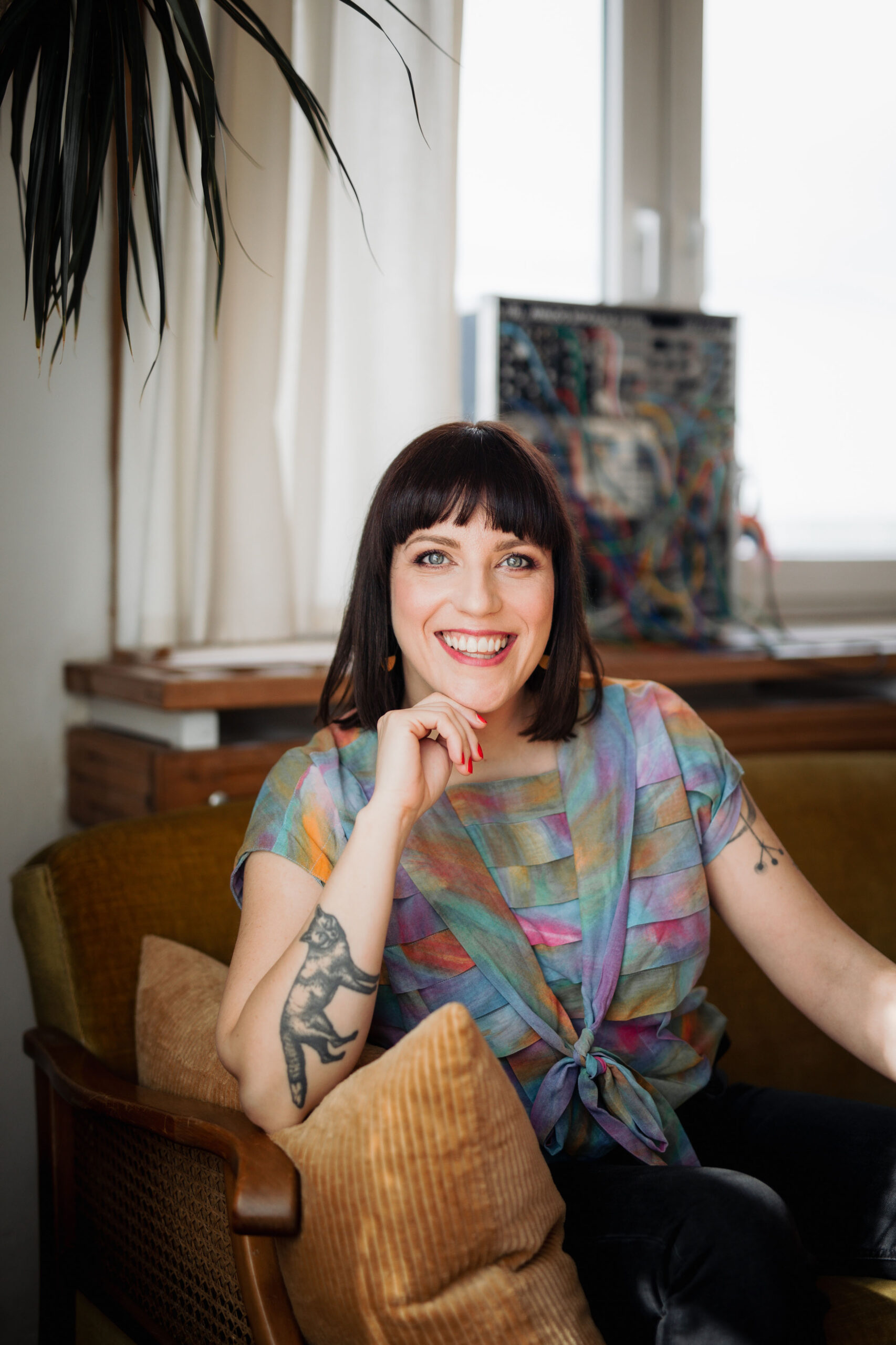
Where are you from?
I’m originally from the Netherlands, but have been living in Germany since 2012. At first, I lived in Berlin and now in the countryside near Dresden. I moved there because of a beautiful recording studio called Castle Studios where I work as well.
How did you get into music?
When I was young, I started with the clarinet and played a lot of classical music. Around my 16th birthday, I fell in love with electronic music and started to collect vinyl and, eventually, became a DJ.
In my mid-twenties, I already wanted to learn audio engineering but, sadly, where I lived at the time, there was no audio school and no online education available. So I tried to meet people to find out how things work and learnt a lot by myself until later in my life, where I attended the Abbey Roads music production and audio engineering school.

What still drives you to make music?
It’s a very strong inner feeling, call it intuition that I have. I’ve done a lot of different things in my life for work already, but this feeling with music always came back, telling me that I need to make music and learn all I can about it. I try to just follow that intuition. My life has changed ever since I became a full time producer and audio engineer. It’s hard work, especially, when you need to build it up from scratch to make a living. It’s also a particular life style. You really need to want this, otherwise it doesn’t work. I gave many things up in order to do it, but also don’t regret it a minute.
How do you most often start a new track?
Mostly, I start with a sound or chord progression on a synth that inspires me. I choose the key I work in and just go with the flow. Sometimes a drum loop inspires me or a melody gives me a certain feel and then it depends. Generally, there are two ways of making music for me. Either, I create a live-set, which means that I let things flow a bit more and don’t work in a particular song structure. However, when I produce songs with something specific in mind, I’m very structured and try to follow the sections. It took me a long time to find out how to finish tracks and, working structured and in sections, was the best for me. That also goes for when I work with clients.
Most musicians have a structure in their music as well and it’s just easier to be able to work like that, to have the same language. Otherwise translating their needs can get complicated.
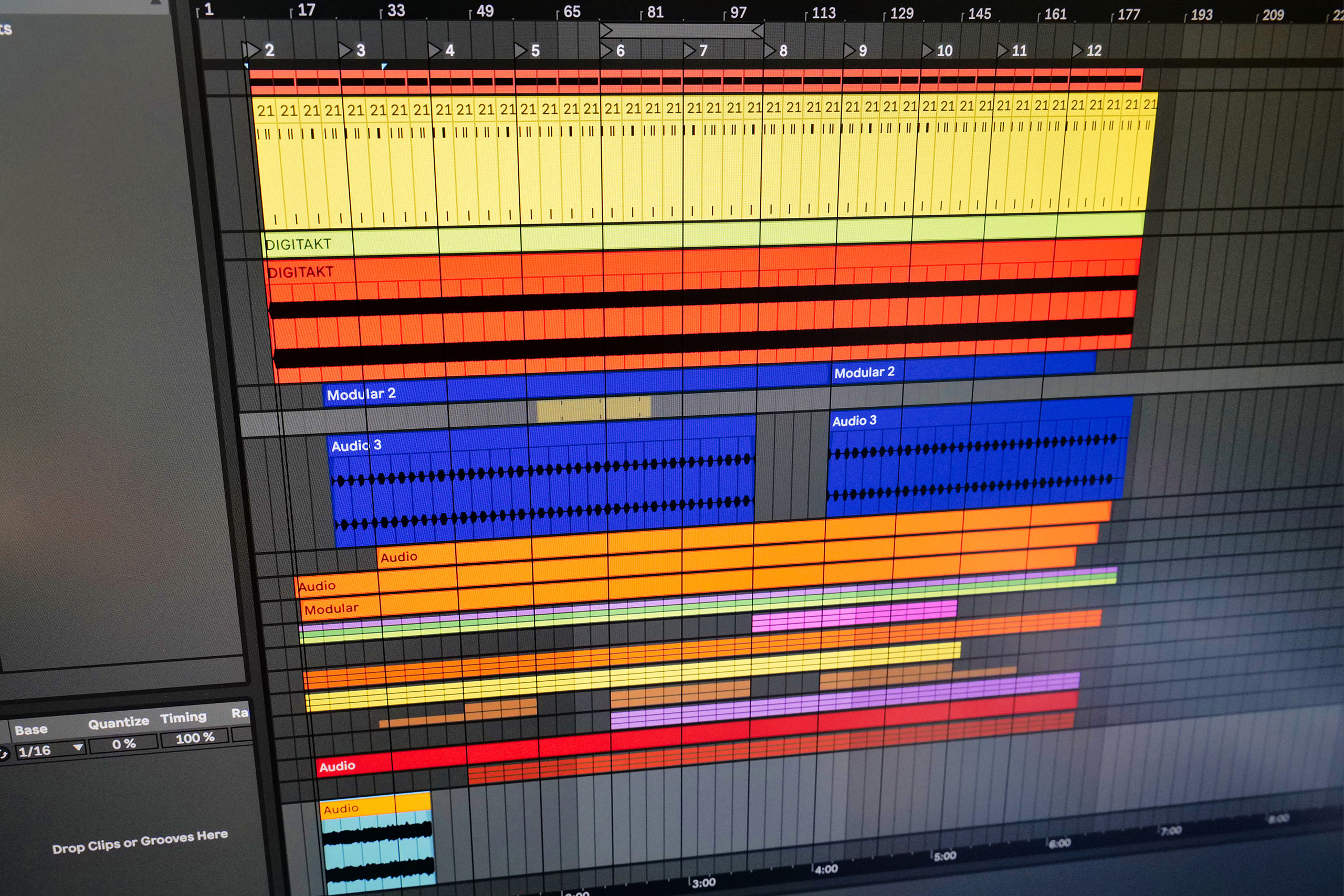
How do you know when a track is finished?
When the deadline is there. 🙂 In general, when all elements of the song are there and work good together, than it’s time to mix. Usually, I already do a lot in pre-production stages, so that I can keep my mixes simple and effective.
Show us your current studio
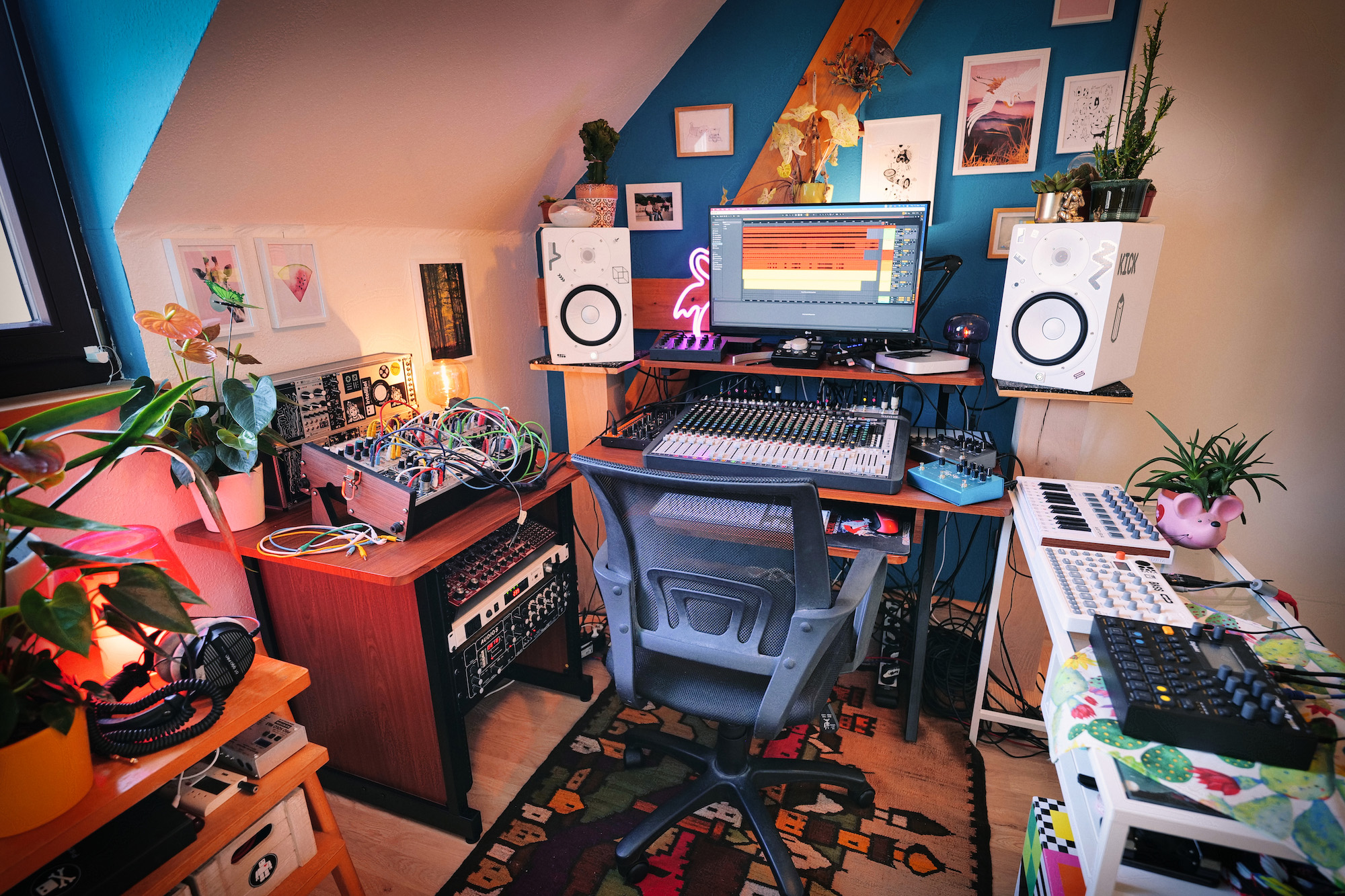
Best creative advice that you’ve ever heard?
Have a lot of quality output, educate yourself and, if possible, learn from mentors that can guide you. This is what I started to do, I try to educate myself on everything to do with music, the industry, music business in general, producing and engineering, marketing and promotion, social media.
Having an understanding of the work you need to put in makes everything a lot easier, as you can plan along and are able to communicate with the people around you better. Having mentors in your life to learn from is very important, so that you can improve yourself and are able to ask for advice.
Socials:
https://www.andreacichecki.com/
https://www.youtube.com/user/AndreaCichecki/
linktr.ee/AndreaCichecki
https://www.instagram.com/andrea_cichecki
https://www.facebook.com/AndreaCicheckiMusic
https://soundcloud.com/andrea-cichecki
https://castle-studios.com/